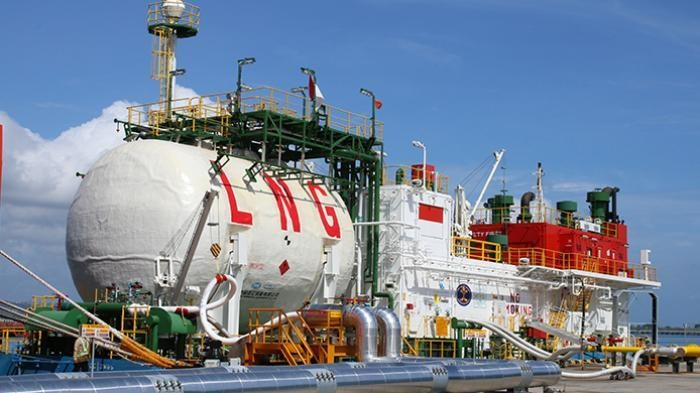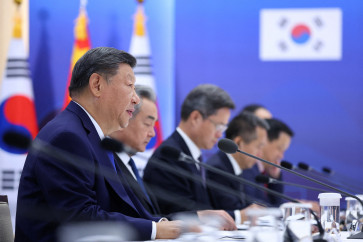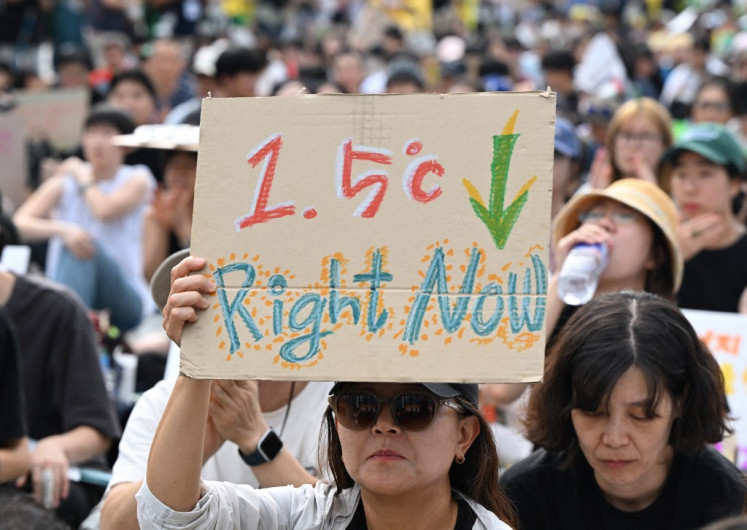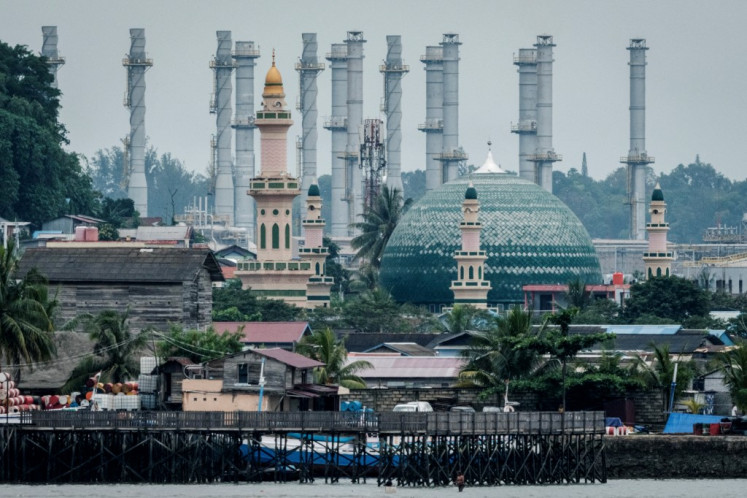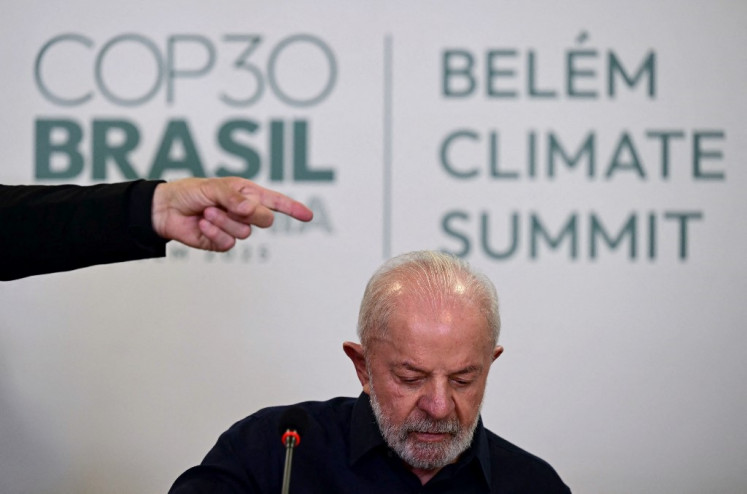Popular Reads
Top Results
Can't find what you're looking for?
View all search resultsPopular Reads
Top Results
Can't find what you're looking for?
View all search resultsSuddenly out of gas?
Indonesia’s natural gas exports have declined steadily since 2010, falling by almost half to 21,463 million standard cubic meters last year.
Change text size
Gift Premium Articles
to Anyone
Should Indonesia find itself needing to import natural gas to meet growing demand, we will have no one but ourselves to blame.
While liquefied natural gas (LNG) production improved somewhat when Train 3 became operational at the BP-operated Tangguh LNG facility in October last year, the long-term outlook for self-sufficiency in the commodity is not encouraging.
Indonesia’s natural gas exports have declined steadily since 2010, falling by almost half to 21,463 million standard cubic meters (SCM) last year, according to figures from the Organization of the Petroleum Exporting Countries (OPEC).
That decrease in exports is in line with a similarly large drop in gas production over the same time frame. More alarmingly, the country’s proven natural gas reserves plummeted from 3,068 billion SCM in 2010 to just 788 billion in 2023.
Since 2017, the country has consistently missed government targets for gas lifting. The same is true for oil lifting, and Finance Minister Sri Mulyani Indrawati told lawmakers earlier this month that both targets were likely to be missed again this year.
Meanwhile, the Industry Ministry expects industrial demand for gas to double in just six years and is planning to expand a policy that makes the commodity available for certain sectors at a fixed and subsidized price.
It is not surprising, therefore, that the government and state-owned oil and gas company Pertamina are looking to build LNG regasification terminals to accommodate incoming cargos, including imports, should domestic supply fail to meet future demand.
None of this came out of the blue. The long-term supply and demand trends were easy enough to anticipate, and with timely planning and upstream investment, we would not need to be talking about enabling gas imports.
To be fair, upstream activity has increased somewhat over the past two or three years, possibly thanks to the government giving contractors the options of either a cost-recovery or a gross-split type of contract, which had been a major gripe for potential investors.
One milestone was the government’s approval last December of the revised plan of development (POD) for the Abadi LNG project in the Masela Block, led by Japan’s Inpex.
The urgency of the matter seems to have finally dawned on the government after a lot of time had gone to waste.
Aside from ensuring a welcoming upstream investment climate, the government needs to improve domestic gas transmission infrastructure. Here too, activity has been increasing – better late than never.
The fact that the entire industry needed to be readjusted from its export-orientation to serving rising domestic demand was easy to predict long ago.
Technical experts will need to determine where pipelines make more sense than LNG shipments, taking into account the economic and environmental drawbacks of LNG, which requires extra energy for liquefaction and regasification.
While LNG receiving terminals have the benefit of accommodating imports, it is disappointing to be thinking about imports when we have plenty of untapped potential reserves that could have been explored decades ago.
Of course, one might argue that oil and gas in this day and age should not be our primary focus for meeting the country’s energy demand, but that is beside the point for two reasons.
First, natural gas serves many industrial purposes beyond energy supply, which neither solar nor wind power can replace, such as in the petrochemical industry, in the production of glass and other construction materials and even in food processing.
Second, gas is seen around the world as a transition solution as countries strive to move away from dirtier sources of energy, like oil and coal, to renewables. Gas helps to tackle the intermittency problem in the energy transition.
The Financial Times published an article a few days ago, titled: “BP raises forecasts for oil and gas demand as clean energy switch slows.”
One can and should regret that, but given that we will still be using gas, let it at least be our own.

